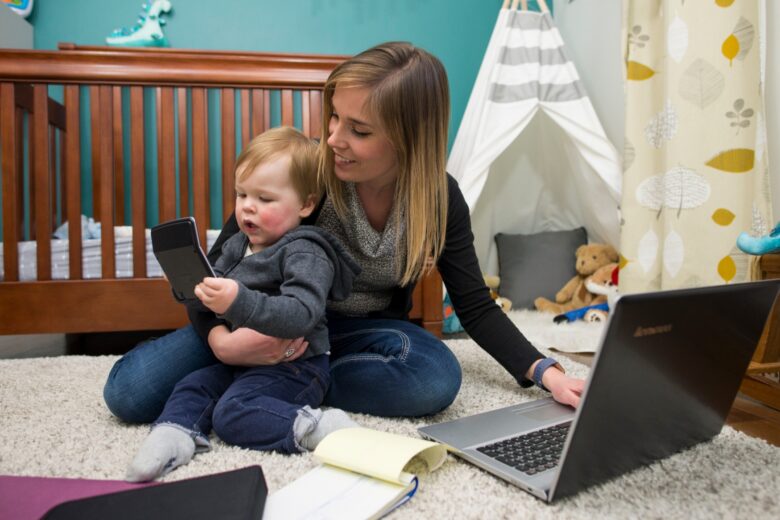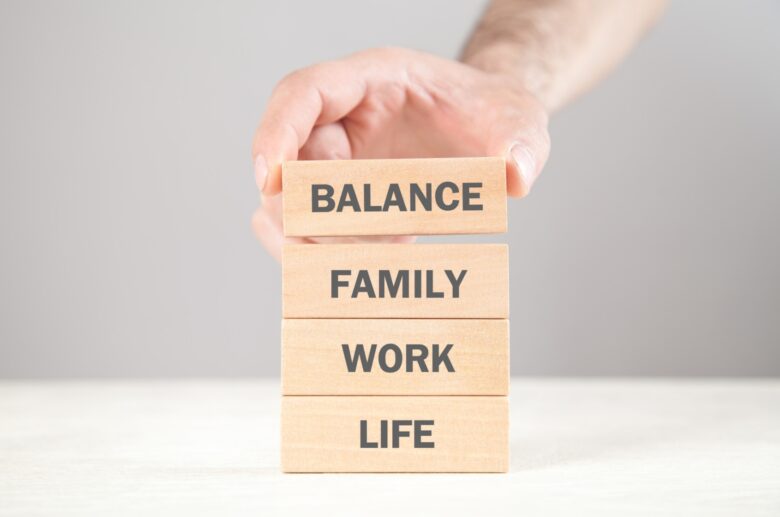We can all relate to the feeling of being pulled in multiple directions at once, right? It seems like in today’s fast-paced world, finding a genuinely healthy balance between work and personal life can be a real struggle. With technology enabling us to stay connected to work all the time, regardless of our physical location, it can be tough to switch off and enjoy some much-needed downtime.
But the good news is, experts suggest that finding a way to blend both your personal and professional goals is the key to achieving a fulfilling and successful life. Now, you might be thinking, ‘that’s easier said than done,’ and you’re definitely not alone. In fact, a recent study by the American Institute of Stress found that work-life balance is the most significant source of stress for US adults. The study found that 40% of respondents struggled to effectively balance work and personal life, demonstrating how difficult it can be to keep on top of our workload and still enjoy our time off.
This level of stress can really take a toll on our mental and physical health, potentially leading to problems like depression, anxiety, weight gain and even heart disease. So, what can we do to achieve that elusive balance? That’s what we’re here to explore. There are plenty of strategies to try, like setting boundaries, utilising technology and prioritising self-care.
So, how can we achieve a better work-life blend? Here are some tips:

Source: canva.com
Contents
Set boundaries and stick to them
If you’re looking to achieve a better balance between your work and personal life, one of the best things you can do is set boundaries. This means creating a clear separation between the two, both physically and mentally.
To start, try setting specific times for work and sticking to them. Maybe you work from 9 am to 5 pm, or maybe you have a different schedule altogether. Whatever it is, make sure you stick to those hours as much as possible. This way, you can give your full attention to your work during those times, and then fully disconnect when you’re done.
It’s also a good idea to avoid checking emails or taking work calls outside of your designated work hours. I know it can be tempting to just quickly reply to an email or take a call when you’re off the clock, but doing so can blur the lines between your personal and professional life, making it harder to maintain that important separation.
Remember, setting boundaries can be tough at first, especially if you’re used to being constantly connected to work. But with practice and persistence, it can become a habit that helps you achieve a better work-life blend and ultimately, a happier, healthier you.
Use technology to your advantage
While technology can be a source of stress, it can also be a useful tool when it comes to achieving a better work-life blend. For example, Microsoft Excel and Power BI tools can help streamline tasks, making it easier to manage your workload and reduce stress levels. Training courses are the perfect way to properly use Microsoft in a way that can help you feel less stressed and overwhelmed. By learning to use programs like Excel and getting training in Power BI, you are using technology to your advantage and as a result, you should feel less stressed.

Source: canva.com
Prioritise your time
Prioritising your time is essential when it comes to achieving a better work-life blend. This means identifying what is most important to you and allocating your time accordingly. Make a list of your personal and professional goals and prioritise them according to their level of importance. By understanding that our time is a limited and important resource, we become better equipped to prioritise it accordingly, and understand when a task is taking up time, but not helping us to achieve our goals.
Learn to say no
Saying no can be challenging, especially in a work context. However, learning to say no is an essential part of achieving a better work-life blend. It’s important to recognise that you can’t do everything, and that saying no is not a sign of weakness or incompetence.
Of course, many of us struggle to say no in a professional setting, particularly if a request comes from a direct senior or our bosses. But we can learn to say no more often to colleagues, or to friends and family, when saying yes might impact our stress levels, or our ability to effectively meet goals. It’s important to frame saying ‘no’ as an act of self-care, helping us to set crucial boundaries in both our personal and professional lives.

Source: canva.com
Make time for self-care
We hear about self-care a lot – and for good reason. Practising self-care is crucial when it comes to achieving a better work-life blend. When we say ‘self-care,’ we mean taking the time out for yourself to do things that you enjoy, whether that’s going for a walk, reading a book, or practicing yoga. Even taking small breaks during the day to make yourself a cup of tea, or simply getting a few moments of quiet time can make a significant difference to the day.
By making time for self-care, you can reduce stress levels and improve your overall wellbeing. Self-care looks different for everyone, all you have to do is find what you enjoy and work with it, ensuring you’re regularly protecting the time you set aside for it. In the long-run, a regular self-care routine will lead to lower stress levels, better mood and relationships, and likely higher levels of productivity, both personally and professionally.
Achieving a better work-life blend is crucial for our mental and physical health, and for our overall happiness and wellbeing. By setting boundaries, prioritising our time, learning to say no, making time for self-care, and using technology to our advantage, we can achieve a fulfilling and successful life that balances both our personal and professional goals. As the founder of the Ford Motor Company, Henry Ford, once said, ‘the work-life blend is not a matter of time; it’s a matter of priorities.’
